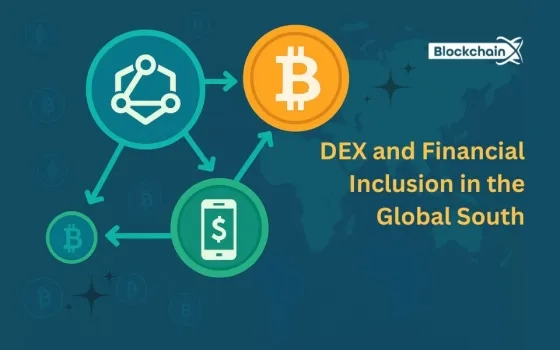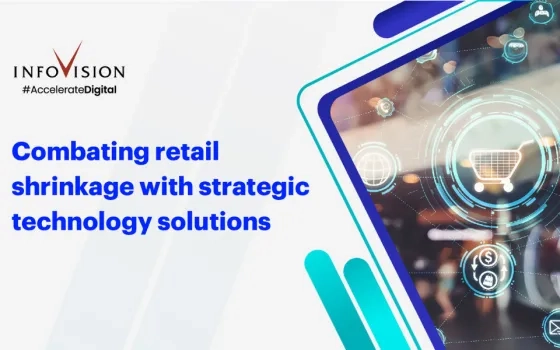A recent Bangalore Roundtable with hardware IoT startups provided us with an opportunity to get a better understanding of the ecosystem and how things were panning out.
Almost unanimously, the participants decried inadequate access to long-term capital, particularly in the early stages. For one, their sales cycles are stretched and even a window of 9 – 10 months isn’t uncommon, thus putting severe strains on working capital. Ramji Rengarajan, the founder of MatrIoT which operates in the industrial segment and makes smart shelving solutions for effective supply chains lamented, “The criticality of these products aren’t felt as much as we would like.” He went on to add, “The idea of inventory optimization cost is not seen in the same light as it is in other parts of the world”.
“Technologies such as RFID & BLE are not mature enough in India, including the availability of hardware components at low cost remains inadequate which renders an unclear RoI”.
Apparently, holding excess inventory isn’t considered that big an issue (in many industries) and it requires a lot of convincing to clearly articulate the benefits of optimizing inventory holding. Legacy systems, in general, provide guidance on how much inventory should be held but are clients ready for higher levels of improvisation, in real time? According to Ramji, “the initial cost of acquiring these solutions and a huge change in mindset that is required, may actually delay the decision-making.” And, prospective clients after many rounds of discussion, settle for status quo.
We were shocked to learn that more than a lakh people lose their lives due to road accidents. Yet, the humble piece of protection – helmet – is often looked upon as a mild botheration or at best, a compliance requirement. A checkbox to be ticked? “Sadly, yes”, says Bilal Shakil, the co-founder of Praesus. Bilal added with a lot of passion, so typical of startups:
“As the world’s largest two-wheeler market, India sees almost 60,000 to 1 lakh two-wheeler related deaths annually. This could be reduced by half if helmets are worn regularly. Instead, people consider it to be an unnecessary expense and use it only to avoid a fine. We want to change that attitude by making people recognize the safety benefits and its overall appeal.”
We had companies like Praesus & Exora Labs, both NASSCOM CoE incubated startups, at the roundtable – they make smart helmets. Rather, they insert the “smart” layer inside ordinary helmets. AI-enabled products as these can detect in real time when accidents occur to alert the nearest police station, resulting in a chain of events – golden hour care being administered and hospitalization etc., if need be. Now the tricky part – will the user see the adequate value and be willing to shed the extra 2 – 3000 rupees and procure this device? In other words, is it a scalable model?
We mustn’t lose sight of the fact that we live in a country where people ceremoniously install miniature figurines of Lord Ganesha on the dashboard for good omen but are often reluctant to strap on their seat belts. A concern which was voiced by the startups. “It is estimated that 20 million helmets are sold every year in India”, Bilal Shakil remarked studiously. He went on to add, “Can we not expect that at least 20% of this market to be our prospects?” Now, who will concur or challenge such back-of-the-envelope estimations to provide a definitive direction? This is again a classic example of a great product but we aren’t quite sure at this point in time if it can be made commercially viable through scale. “Can we have more experts on board who can help us with setting directions in the early stages”? Asked Bilal, with a lot of hope:
The government’s “Make in India” initiative which was rolled out five years back, has only yielded limited results so far. Particularly, it has been found wanting in hardware devices which operate in wireless mode at specific radio frequencies. Since they aren’t manufactured in India, the IoT players like MatrIoT have to import them from China, Taiwan and the US. “This adds to the overall lead time by at least 3 – 4 weeks” both Ramji and Bilal concurred. The import duty on certain components remain high which adds to the cost, and it was recommended by the participants that the government should have a relook at the rates.
“The prototyping/manufacturing scene in India is a little challenging at times. While trying to develop a smart helmet, we have to go through rapid prototyping, and that too, inexpensively. The lack of quality, cheap PCB and other components manufacturers in India, is a problem. The importing process for components/devices is lengthy and complicated. In addition, manufacturing is more expensive here, and we have to keep costs low to attract users.” Says Bilal.
From a policy standpoint, it was suggested that the government should come out with more details on radio frequency – the bands which can be used for commercial purposes and specific guidelines for the same. Right now, clarity is lacking and if at some point in time, the government disallows certain radio frequency bands, then it can prove to be a negative game changer for many IoT hardware players. “The products will simply become pieces only fit for museums”, many of them rued. In addition, the overall sensitization of these critical matters needs some looking into, “if we are serious about this segment and want to compete globally”, they added.
“The Guidelines towards RFID based systems are provided exclusively in Europe, the US and other countries; however in India, except for the permissible frequencies any specific guidelines in terms of Certification, compliance, regulatory norms etc., either the awareness is low, or does exist,” Ramji added.
On talent, right now the focus is on emerging technologies – AI, Analytics, Blockchain, AR, VR and the likes. However, hardware design is an area which is seriously deficient in our engineering curriculum. Whether we can eventually compete with China or may even want to, is a separate argument altogether. But right now, we are simply too far behind in this area. It doesn’t bode well for our overall reputation in the IoT space. Traditionally, Indian IT has been about software and in process, the hardware part has not been able to garner equal importance.
The NASSCOM CoEs for IoT & DSAI are doing a good job at being the vital conduit between test labs and the real world. The participants praised the general atmosphere which is supportive, including the centre’s open working hours. Market access and connects provided were also given a thumbs-up.
It is impossible for a body like NASSCOM to look into every specific need and do justice. But perhaps, as we go along, the baseline can be improved upon. For instance, testing is a critical component in the value chain. While the CoE labs do provide the basic facilities but the participants are hopeful that it can be taken a step further or two. They also realize that it may not be possible to establish elaborate testing facilities in-house – such as test beds for crash testing, penetrative testing etc. – but these ideas can be explored outside, to establish linkages with other prominent labs in the country. And, their platforms be made available at subsidized rates.
The government has access to massive amounts of data. Moreover, not all of it is sensitive and can be used to draw insights in a controlled environment. “Is there a way we can work with the government to gain access to their data?” Remarked Chintan Parikh, the CTO of Floatbot, an AI-based startup which provides customer support through bots. Insofar, inadequate Patient capital has been a challenge. Given the overall credit scenario in our country and rising NPAs, traditional lenders may be a tad reluctant to go the extra mile. Says Ramji: “Most of the VCs / Angel investors are looking for immediate RoI on their investments (more than 5X) and with minimal burn rate. However for pure HW IoT companies, it is unavoidable due to R&D investment, hardware procurement etc., and with the uncertainty of RoI looming large, patient capital is hard to come by.”
However, there have been several billion dollar exits recently and many of these ex-founders are now looking to invest in startups. What’s more – they have a much higher risk appetite. It was suggested that this segment be tapped for raising long-term capital.
Finally, the kind of partnerships and collaborations which we are able to establish will take the CoEs and the incubated startups to the next level. As we continue to incubate these promising startups, we’d be very happy if in future we are able to provide them with a wider range of services to choose from.
A special word of thanks to MatrIoT, Praesus, Floatbot, Jungroo, Exora Labs




























